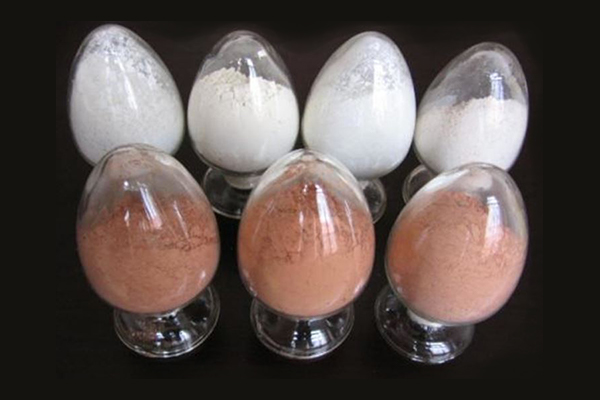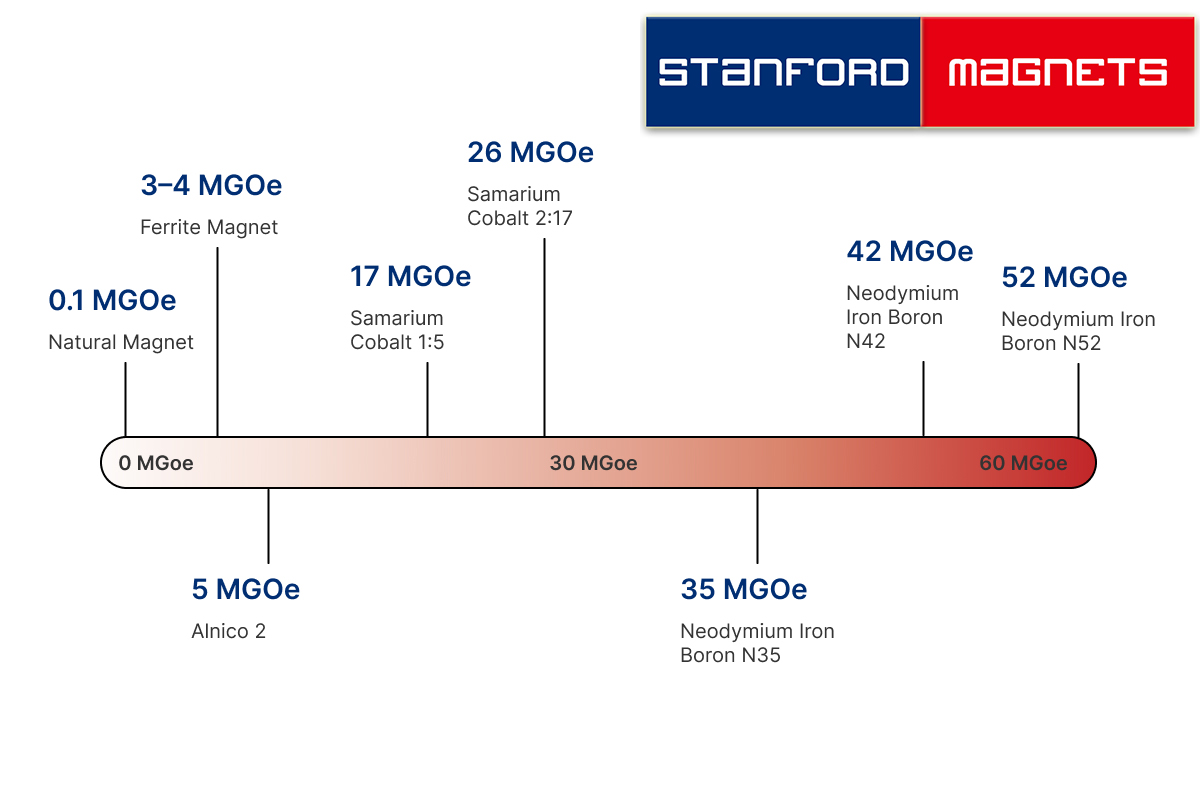Consumption of Rare Earth Oxides for Magnets May Increase by 5 Times in 2030
Rare Earths are currently indispensable raw materials for top technology products and military supplies. A report from a research institution predicts that the consumption of rare earth oxides required for magnet production will increase at an average annual rate of 9.7%. The global consumption of rare earth oxides for magnets will increase by five times in 2030, and its market capacity will increase from US$2.98 billion this year to US$15.65 billion in 2030.

Rare Earth Oxides for Magnets
Rare earth resources are not inexhaustible. In order to avoid the shortage of rare earth resources, it is necessary to invest in the development of new supply sources and the development of downstream industries to meet the global high-tech industry's demand for rare earth metals, alloys, magnets, and other materials.
Nowadays, rare earth resources are in short supply, and the rare earth industry will also face major challenges and development opportunities in the future. Researchers in some countries are actively exploring new materials, hoping to replace the rare earth.
Currently, the National Institute for Materials Science (NIMS) and Tohoku Gakuin University in Japan have developed a boron-doped anisotropic samarium (Sm, Fe0.8Co0.2) 12 film. It contains only a small amount of rare earth elements.
The film is realized by creating a unique granular nanostructure in which the samarium 12 crystal grains are evenly wrapped by an amorphous grain boundary phase with a thickness of about 3 nanometers. Even if processed into thin films, the magnetic properties of this compound are superior to those of neodymium-iron-boron (Nd-Fe-B) based magnets.
Due to the geopolitical risks associated with obtaining neodymium-iron-boron sintered magnets (composed of the rare earth element neodymium and containing the heavy rare earth element dysprosium), it is necessary to develop new magnets that do not rely on such rare elements. Compounds based on anisotropic samarium iron 12 (SmFe12) contain a small number of rare earth elements and have the potential to become a candidate for the next generation of permanent magnets.
The Baotou Rare Earth R&D Center of the Chinese Academy of Sciences replaced the traditional additives such as lead oxide and cadmium oxide with rare earth. They incorporated rare earth antibacterial technology into traditional ceramic products to refine crystal grains and change the distribution of grain boundaries, so that safe and non-toxic light rare earth elements play a magical role in ceramic glaze. The antibacterial rate against Escherichia coli and Staphylococcus aureus reaches 99.9%, and the antiviral activity rate reaches 93%.
In addition, the research work of rare earth materials used in large torque motors, key components of astronomical telescopes, and other instruments and equipment is also advancing one by one.
Conclusion
Thank you for reading our article and we hope it can help you to have a better understanding of the current status and future of the consumption of rare earth oxides for magnets. If you want to know more about magnets, we would like to advise you to visit Stanford Magnets for more information.
As a leading magnet supplier across the world, Stanford Magnets has been involved in R&D, manufacturing, and sales of magnets since the 1990s. It provides customers with high-quality permanent magnets like neodymium magnets, SmCo magnets, AlNiCo magnets, and ferrite magnets (ceramic magnets) at a very competitive price.













.jpg)

